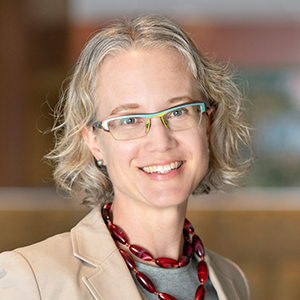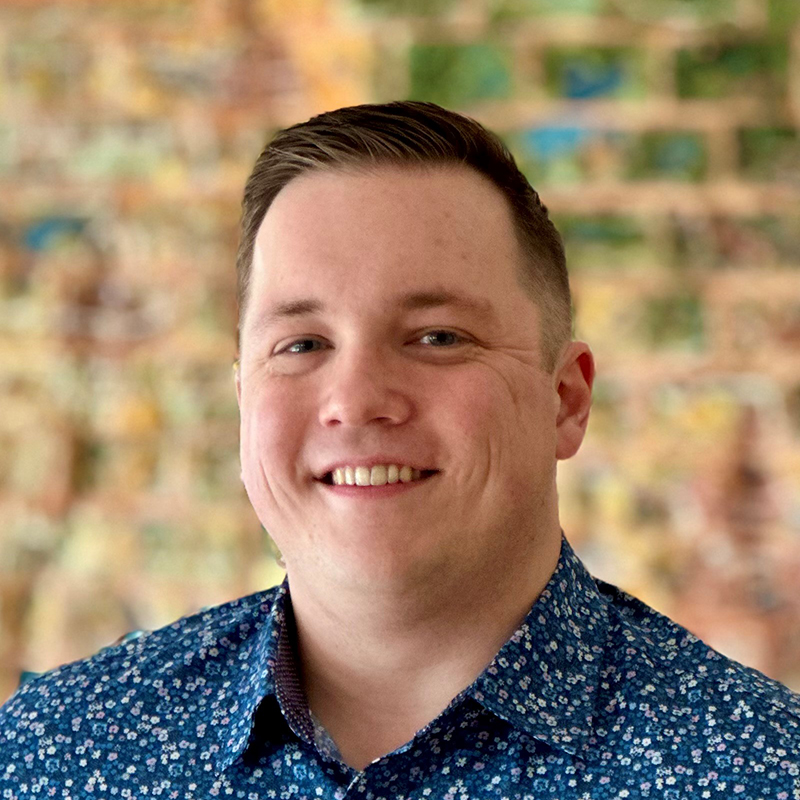New data from the Census Bureau’s Household Pulse Survey (HPS) bring into focus two phases of the pandemic economy. Phase 1 spans April through July and includes the initial shutdown and reopening phase, coupled with significant federal aid to households and businesses. Phase 2 runs from August through the latest data at the end of October and saw a trough in cases as well as continued resumption of economic activity. This brief spotlights changes in employment and other economic security indicators between the two pandemic phases. It also details disparities in access to the safety valves of telework and unemployment insurance (UI) benefits, which can be measured in the most recent HPS data.
Economic security measures improved in the second phase of the pandemic, with largest gains for Black workers
Employment rose in the Ninth District1 between the first and second pandemic phases. Overall, employment rates in the district were up by 5 percentage points, from 59 percent to 64 percent. Employment gains were largest for Black residents, up from 51 percent to 64 percent. Workers with and without a bachelor’s degree saw employment rebound: Employment rates climbed 5 percentage points for both groups.
Worked for pay or profit in past 7 days in the Ninth District
Note: Lines show percent of adults who did any work for pay or profit in the past 7 days. HPS microdata waves are pooled to create months.
Source: Census Bureau Household Pulse Survey microdata; Opportunity & Inclusive Growth Institute calculations
Key details:
-
Throughout the pandemic, the Minneapolis Fed’s Opportunity & Inclusive Growth Institute (OIGI) has tracked disparities in economic security for Ninth District residents. Our five most closely watched indicators are employment, earnings loss since March, food scarcity, receipt of free meals, and delayed housing payments. Together, these provide a broad picture of financial security. We tabulate these from the HPS and make them available on the Minneapolis Fed’s COVID-19 dashboard, disaggregated by race and ethnicity.
-
In the HPS, respondents report whether they worked for pay in the last week. This employment measure provides a different angle on labor market conditions than the widely reported unemployment rate and UI claims.
-
Increases in employment rates were statistically significant for both education groups and all race and ethnicity groups,2 though changes were marginally significant for Hispanics. Rates of lost employment income declined similarly.
-
Census revised the HPS in August. OIGI analysis finds that after adjusting for changes in response rates due to the design, employment responses are unaffected but gains in food security measures are about half a percentage point smaller. The result is that food security is little changed across the pandemic phases. Over 7 percent of Ninth District residents utilized free food options in both phases of the pandemic.
-
Because of the revision, the indicator for delayed housing payments is not comparable across the two phases. On average during Phase 2, 8 percent of Ninth District residents with mortgage or rent obligations said they were not caught up on rent or mortgage payments, potentially placing them at risk of housing loss.
Gaps in telework and UI benefits access: How do Ninth District states compare?
To weather the pandemic, some employers have turned to telework to keep operations running. When this was not possible, workers often saw their hours or even wages cut, or they lost employment entirely. Workers experiencing these earnings losses qualified for expanded UI support in many cases. But what share of workers accessed either safety valve—telework or UI benefits? And are there disparities in who has access?
The Phase 2 HPS data show that about one-third (37 percent) of Ninth District adults live in a teleworking household—a household where at least one person substituted telework for in-person work because of the pandemic (including themselves). However, there are significant disparities by education group, race, and ethnicity. Approximately 61 percent of Ninth District adults with a bachelor’s degree or higher live in a teleworking household, compared with 25 percent with less education. Black adults are about 9 percentage points less likely to live in a teleworking household than White adults. Hispanic residents are about 8 percentage points less likely.
Chart 3 shows teleworking gaps for Black residents for Ninth District and remaining states. These gaps vary widely across states. Chart 4 shows that the picture is reversed for UI benefits. More Black residents than White received UI benefits over the course of the pandemic. This aligns with Black workers having less access to telework. Comparisons between White and Hispanic residents show similar patterns.
Notes: Chart 3 displays the percentage of adults who live in a household where “at least one adult substituted some or all of their typical in-person work for telework.” District of Columbia (Black (NH) = 37%; White (NH) = 83%) was excluded for data visualization purposes.
Chart 4 displays the percentage of adults who newly received unemployment insurance benefits since March 13, 2020.
HPS weeks 13-17 are pooled to increase sample size. NH means not of Hispanic, Latino, or Spanish origin
Source: Census Bureau Household Pulse Survey Phase 2 microdata; Opportunity & Inclusive Growth Institute calculations
Key details:
-
The gap in household telework is shown by the distance of the circle from the equality (45-degree) line. States farther above the line have bigger shares of White households with telework access relative to Black households. States farther to the right have higher shares of telework overall.
-
In the Ninth District, Black adults are least likely to live in a teleworking household, at 28 percent. 50 percent of Asians, 37 percent of Whites, 29 percent of Hispanics, and 34 percent of residents of other racial identity have at least one household member who teleworks.
-
One in 10 Ninth District college graduates newly received UI benefits since March 13, compared with one in seven residents without a bachelor’s degree.
-
UI benefit receipt is the result of two things: applying for benefits and receiving them if one applies. Black respondents were more likely than Whites to apply but less likely to receive benefits if they applied, in almost all states. On net, receipt was higher among Black respondents, as shown in the figure.
Endnotes
1 Due to the lack of substate geographic information in the public HPS microdata, we define the Ninth District states as Minnesota, Montana, North Dakota, South Dakota, and Wisconsin. Therefore, our sample excludes Ninth District residents in the Upper Peninsula of Michigan and includes Seventh District residents in the lower half of Wisconsin.
2 We define five mutually exclusive groups, consistent with the race and ethnicity definitions used in the Census Bureau’s Pulse data tables and the Minneapolis Fed COVID-19 dashboard.
- Hispanic: Hispanic, Latino, or Spanish origin of any race.
- White, Black, and Asian: Each race alone and not of Hispanic, Latino, or Spanish origin.
- Other: Any other race alone (including Native American) or a combination of two or more races, and not of Hispanic, Latino, or Spanish origin.
Abigail Wozniak is vice president and director of the Bank’s Opportunity & Inclusive Growth Institute.







